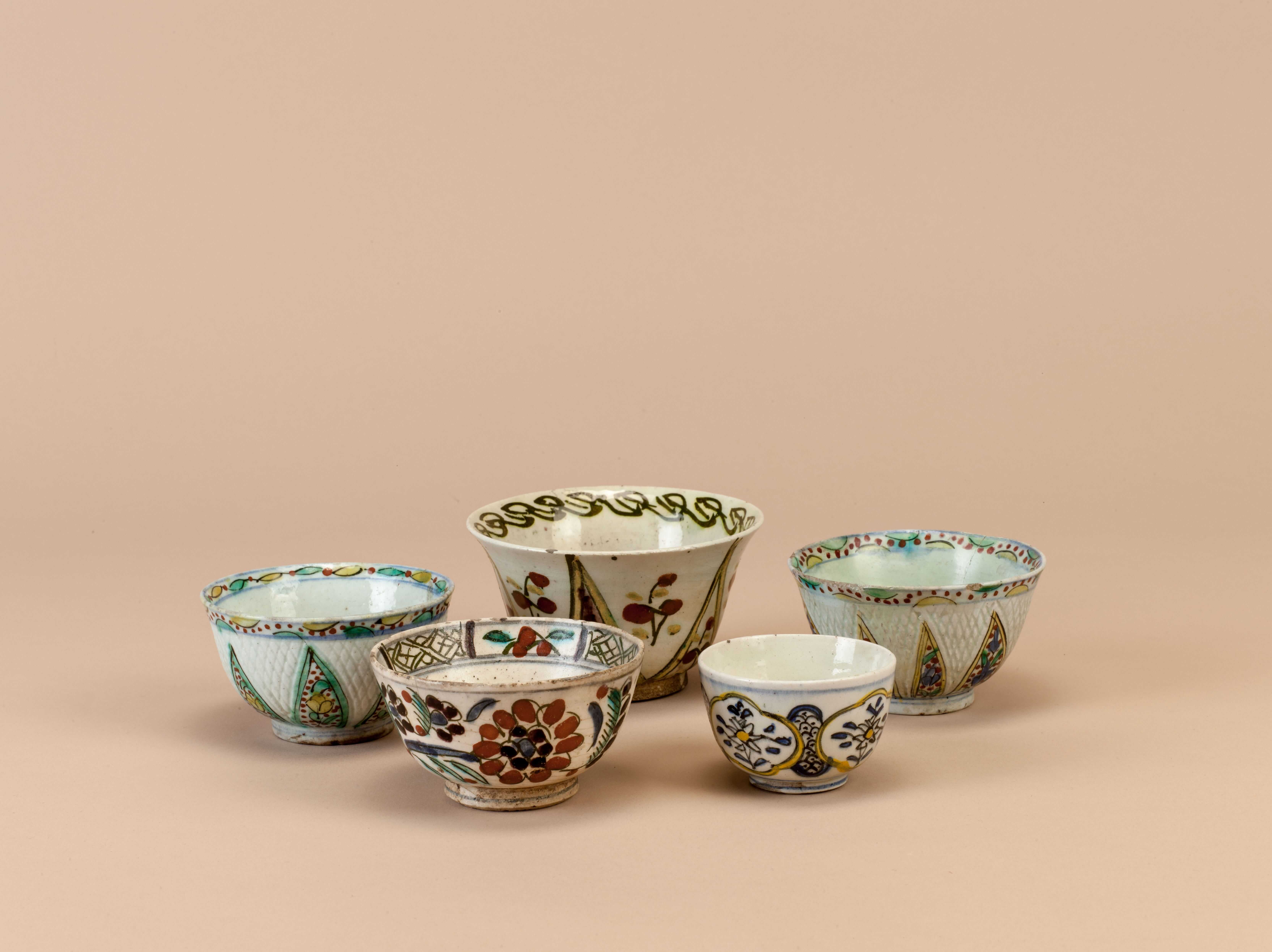Students who visit the Suna and İnan Kıraç Foundation Kütahya Tiles and Ceramics Collection, Coffee Break exhibition with a guide discover the colourful world of coffee culture and ceramics. Then, students learn basic ceramic methods using clay dough, knead and shape the clay, and paint it to finalize their cup designs.
Weekday Face-to-face Learning Program
Thursday
10:30-12:00
13:30-15:00
Related Exhibition: Coffee Break
Guided tour and workshop participation fee per person for private schools: 200 TL
Guided tours and workshops are free of charge for public schools.
Reservation is required for groups, which should include no less than 10 and no more than 30 participants.

Published as part of Pera Learning programs, “The Little Yellow Circle (Küçük Sarı Daire)” is a children’s book written by Tania Bahar and illustrated by Marina Rico, offering children and adults to a novel learning experience where they can share and discover together.

Coffee was served with much splendor at the harems of the Ottoman palace and mansions. First, sweets (usually jam) was served on silverware, followed by coffee serving. The coffee jug would be placed in a sitil (brazier), which had three chains on its sides for carrying, had cinders in the middle, and was made of tombac, silver or brass. The sitil had a satin or silk cover embroidered with silver thread, tinsel, sequin or even pearls and diamonds.
Tuesday - Saturday 10:00 - 19:00
Friday 10:00 - 22:00
Sunday 12:00 - 18:00
The museum is closed on Mondays.
On Wednesdays, the students can
visit the museum free of admission.
Full ticket: 300 TL
Discounted: 150 TL
Groups: 200 TL (minimum 10 people)